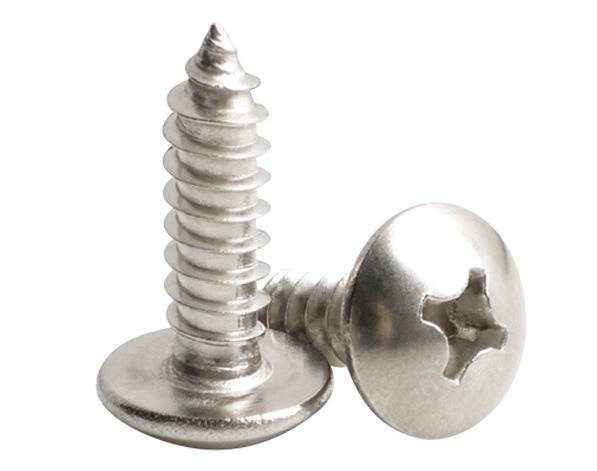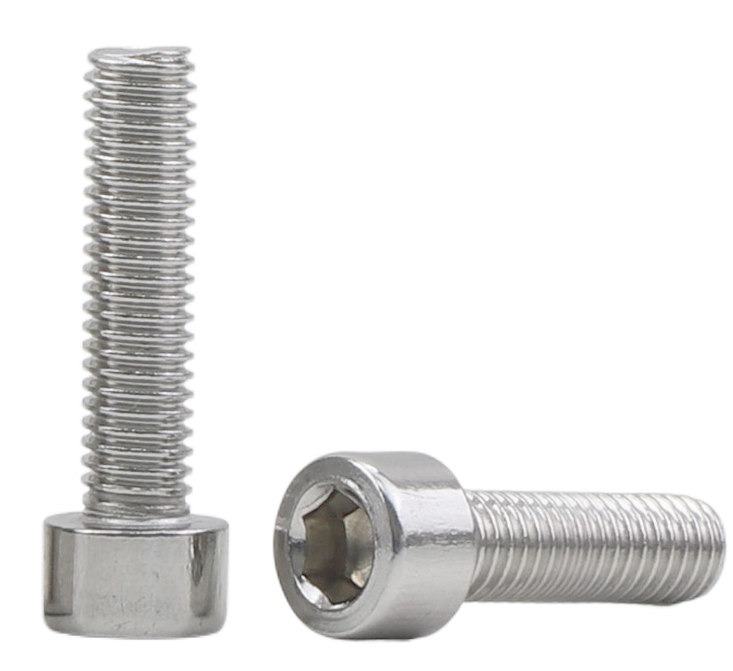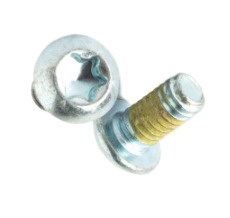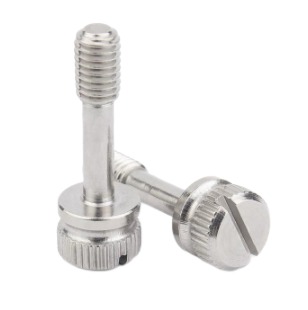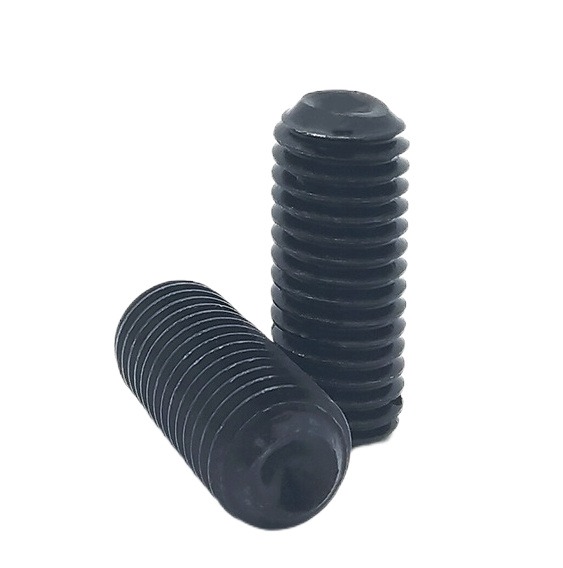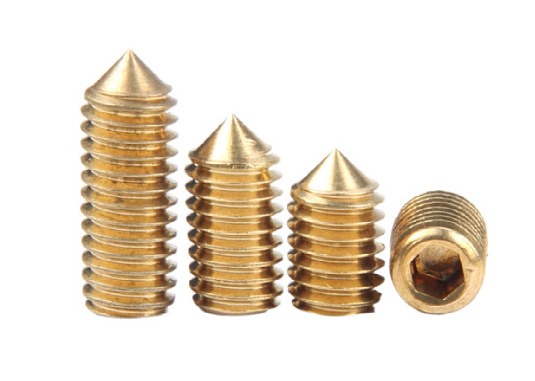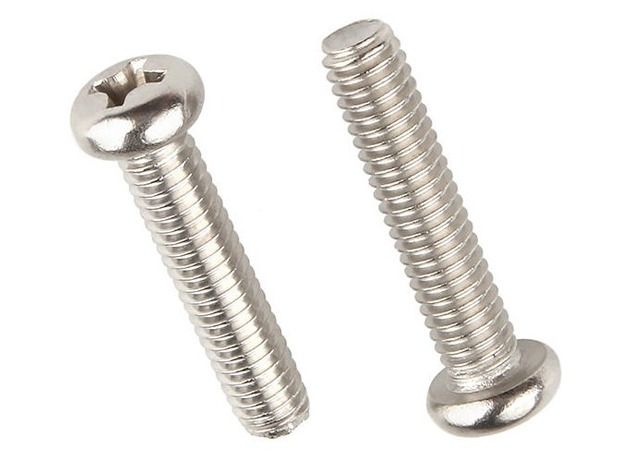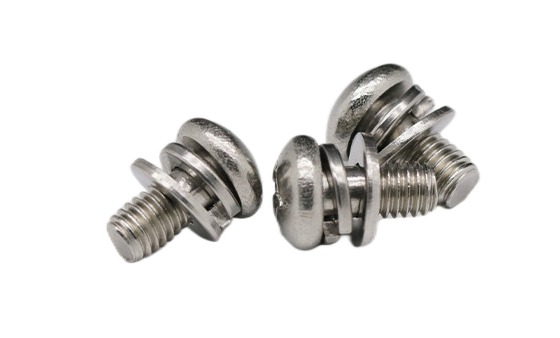Quality Control in Rivet Nut Production
Quality control is an essential component of the production process for any product, and rivet nuts are no exception. Rivet nuts, also known as blind nuts or threaded inserts, are a type of fastener used to join two or more materials together. They are widely used in various industries, including automotive, aerospace, construction, and electronics, due to their versatility, strength, and ease of installation.
The production process for riveting nuts involves several steps, including material selection, shape making, internal thread production, surface preparation, quality inspection, and packaging. The choice of material and the production techniques used can affect the strength, durability, and appearance of the finished product.
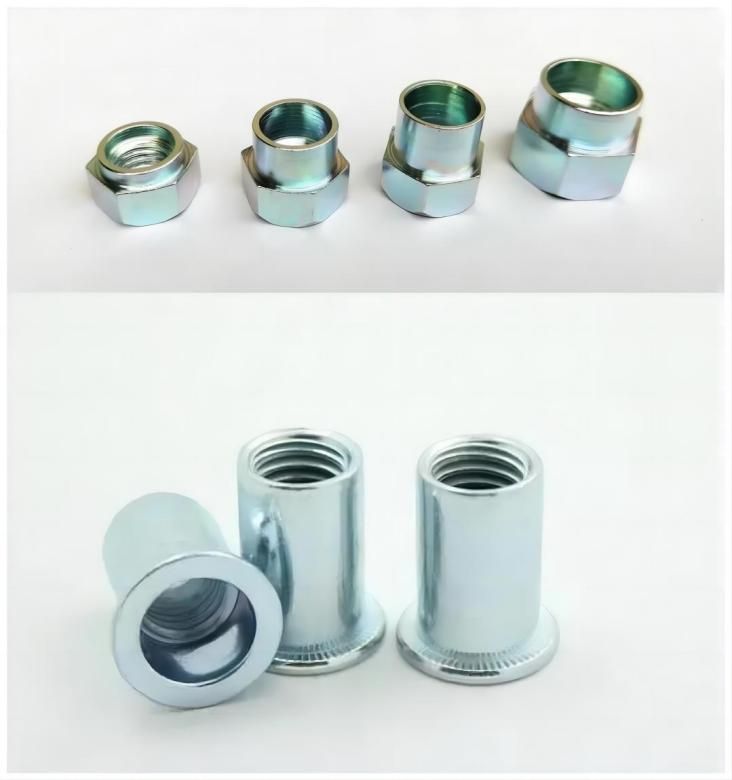
In this article, we will discuss the importance of quality control in the production process of riveting nuts. We will explore the different stages of production, the materials and techniques used, and the quality control measures taken to ensure that the finished product meets the required standards for dimensional accuracy, surface quality, and internal thread precision.
Craftsmanship of Rivet Nuts
Stock Option
Riveting nuts are available in a range of materials, including steel, aluminum, brass, and stainless steel. The choice of material will depend on the specific application and the desired strength and durability of the connection.
| Material | Description |
| Steel | Steel rivet nuts are a popular choice for applications where strength and durability are important. They are commonly used in automotive, aerospace, and construction applications, where they can provide a secure and long-lasting threaded connection. |
| Aluminum | Aluminum rivet nuts are lightweight and corrosion-resistant, making them an excellent choice for applications where weight is a concern, such as in aerospace and automotive applications. |
| Brass | Brass rivet nuts offer excellent corrosion resistance and are often used in applications where a decorative finish is desired, such as in furniture and lighting fixtures. |
| Stainless Steel | Stainless steel rivet nuts are extremely durable and resistant to corrosion, making them an excellent choice for applications where the connection will be exposed to harsh environments. |
Basic Shape Making of rivet nuts
The basic shape of a rivet nut can be produced using a variety of techniques, including cold stamping, processing and molding, and machining.
| Process | Description |
| Cold Stamping | Cold stamping is a process that involves pressing a flat piece of metal into a specific shape using a stamping press. This technique is commonly used to produce the basic shape of a riveting nut. |
| Processing and Molding | Processing and molding involve heating a material to a specific temperature and then pressing it into a specific shape using a mold. This technique is often used to produce complex shapes or parts with intricate details. |
| Machining | Machining involves removing material from a workpiece using cutting tools to produce a specific shape. This technique is often used to produce high-precision parts or parts with complex geometries. |
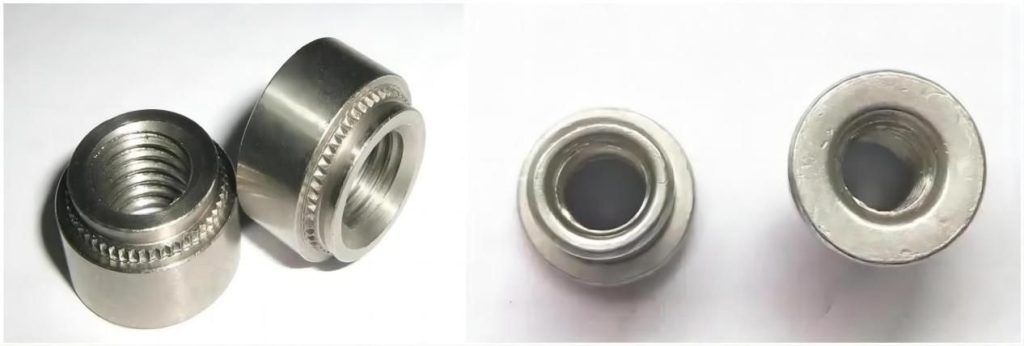
Internal Screw Thread Production
The internal screw thread of a riveting nut can be produced using a variety of techniques, including cold extrusion, rolling pressure method, and screening method.
| Process | Description |
| Cold Extrusion | Cold extrusion involves forcing a material through a die to produce a specific shape. This technique is often used to produce threaded components, including the internal threads of a riveting nut. |
| Rolling Pressure Method | The rolling pressure method involves rolling a material between two dies to produce a specific shape. This technique is often used to produce high-precision parts or parts with complex geometries, including the internal threads of a riveting nut. |
| Screening Method | The screening method involves cutting a material into a specific shape using a cutting tool. This technique is often used to produce small, intricate parts or parts with specific tolerances. |
Surface Preparation
The surface of a rivet nut can be prepared using a variety of techniques, including plated layer and oxidation treatment.
| Process | Description |
| Plated Layer | The first step in the production process is to prepare the raw materials, which may include steel, aluminum, brass, or stainless steel. The raw materials are typically sourced from reputable suppliers and undergo a rigorous quality control process before being used in production. |
| Oxidation Treatment | Oxidation treatment involves treating the surface of a riveting nut with a chemical or electrochemical process to form a protective layer of oxide. This technique is often used to improve the corrosion resistance of a riveting nut. |
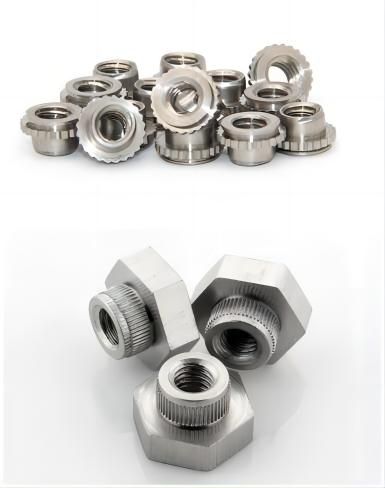
Process of the Rivet Nuts
The production process of a rivet nut typically involves several steps, including raw material preparation, basic shape making, internal thread production, surface preparation, quality inspection, and packaging.
- Raw Material Preparation
The first step in the production process is to prepare the raw materials, which may include steel, aluminum, brass, or stainless steel. The raw materials are typically sourced from reputable suppliers and undergo a rigorous quality control process before being used in production.
- Make the Basic Shape
The basic shape of the riveting nut is then produced using one of the techniques discussed earlier, such as cold stamping or processing and molding.
- Make the Internal Threads
The internal threads of the riveting nut are then produced using one of the techniques discussed earlier, such as cold extrusion or rolling pressure method.
- Surface Preparation
The surface of the riveting nut is then prepared using one of the techniques discussed earlier, such as plated layer or oxidation treatment.
- Quality Inspection and Packaging
The finished rivet nuts are then inspected for quality and undergo a series of tests to ensure that they meet the required standards for dimensional accuracy, surface quality, and internal thread precision. They are then packaged and shipped to customers.

Process Quality Control
Quality control is an essential part of the production process for riveting nuts. It involves several steps, including raw material quality inspection, manufacturing process control, and quality inspection and testing.
Raw Material Quality Inspection
Raw materials undergo a rigorous quality control process before being used in production. This involves testing the material for its chemical composition, mechanical properties, and other factors to ensure that it meets the required standards.
Manufacturing Process Control
The manufacturing process is also closely monitored to ensure that the finished riveting nuts meet the required standards for dimensional accuracy, surface quality, and internal thread precision. This involves controlling factors such as temperature, pressure, and tool wear to ensure consistent quality.
Dimensional Accuracy Control
The dimensional accuracy of the riveting nuts is closely monitored to ensure that they meet the required tolerances for size and shape.
Surface Quality Control
The surface quality of the rivet nuts is also closely monitored to ensure that they are free from defects such as scratches, dents, and other imperfections.
Internal Thread Precision Control
The internal thread precision of the rivet nuts is also closely monitored to ensure that they meet the required standards for thread pitch, depth, and other factors.
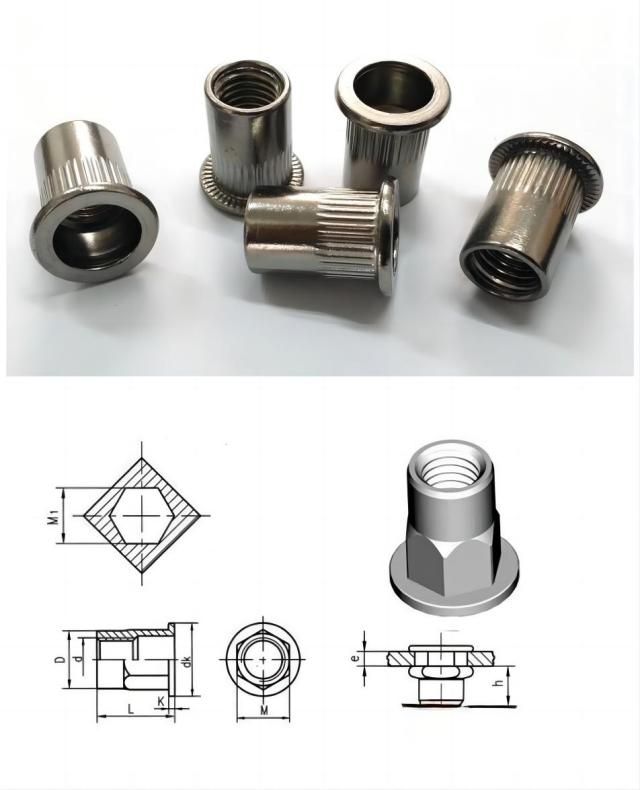
Quality Inspection and Testing
The finished riveting nuts undergo a series of tests to ensure that they meet the required standards for appearance, internal screw thread test, and bearing capacity test. These tests involve visually inspecting the riveting nuts, testing the internal threads for accuracy, and testing the bearing capacity of the rivet nuts under various loads.
Conclusion
In conclusion, the production process of a rivet nut involves several steps, and the quality of the finished product depends on the choice of material and the production techniques used. Quality control is essential to ensure that the finished product meets the required standards for dimensional accuracy, surface quality, and internal thread precision. Rivet nuts are an essential component in various industries and can provide a reliable and cost-effective solution for joining materials in various applications. KENENG is a professional rivet nuts manufacturer that provide high-quality production and service. If you are looking for someone, KENENG is a good choice to you.
Related Products

